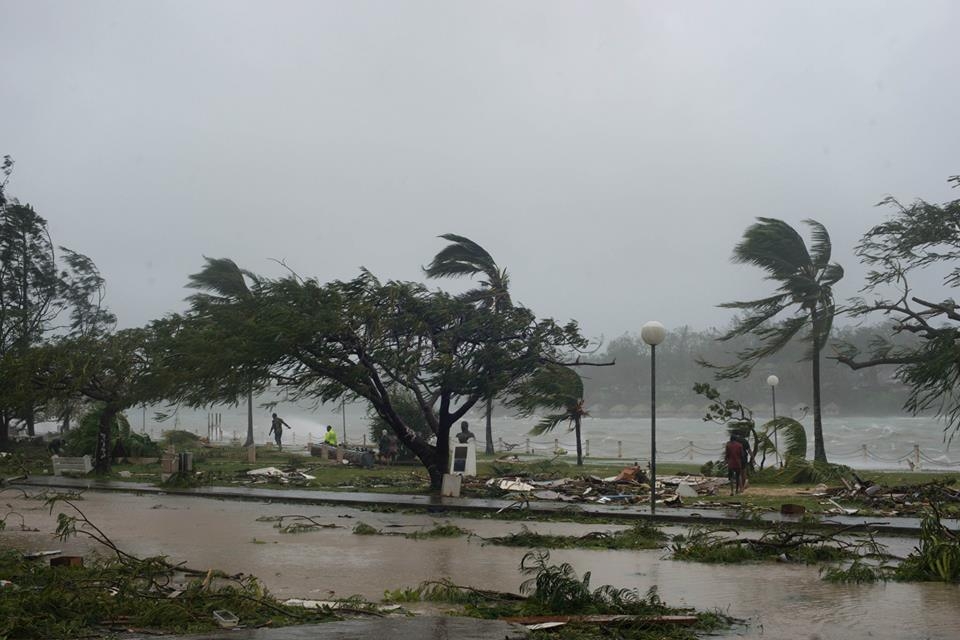Natural disasters force 26 million into poverty each year

The World Bank estimates that disasters cost the global economy $520 billion each year, forcing 26 million people into poverty. Reducing the impacts of natural disasters is an issue that cuts across all of the Sustainable Goals (SDGs), and has a notable influence on SDG1, no poverty.
Disasters significantly contribute to cycles of poverty in low and middle income countries as they can set back development gains and the effects of natural disasters is amplified by poverty. When natural disasters hit low and middle income countries weak institutional capacity can often limit their preparation and response plans.
Since 2015, when the Sendai Framework was implemented, 60 million people in over 100 countries have been displaced by disasters, with drought, flooding and storms being the key drivers. Extreme weather events are the most common type of natural hazards and are responsible for 95% of disaster affected populations.
Early warning systems are critical in reducing the loss of life in natural disasters; however, economic losses due to natural disasters are continuing to grow, and this can prevent nations from graduation from a least developed country (LDC) to a middle income country. Small Island Developing States are particularly vulnerable.
For example, Vanuatu will not graduate from LDC status until 2020 thanks to Cyclone Pam which devastated the Island in 2015.
As weather related disasters are easier to predict, compared with natural hazards such as earthquakes, disaster risk management is critical to avoiding economic losses.
The Internal Displacement Monitoring Centre has revealed the impact of natural disasters in 2017 with 18 million new weather related displacements. Floods accounted for 8.6 million of this, followed by storms and droughts with 7.5 million and 1.5 million respectively.
Mami Mizutori, Special Representative of the Secretary-General for Disaster Risk Reduction has highlighted that in order for disasters not to drastically effect a country’s economy the disaster risk reduction plans must be formalised and integrated into the governance of a country.
Integrating disaster planning into a country’s governance requires the involvement of all groups, notably the most vulnerable such as women, girls, children, older people, indigenous people and disabled people.
Join us at the 10th Anniversary AIDF Global Summit to discuss the latest innovations and challenges in disaster relief and development.
If you’d like to stay informed on the latest updates in aid and development, please sign up for the AIDF newsletter.
Image credit: UNICEF Pacific












